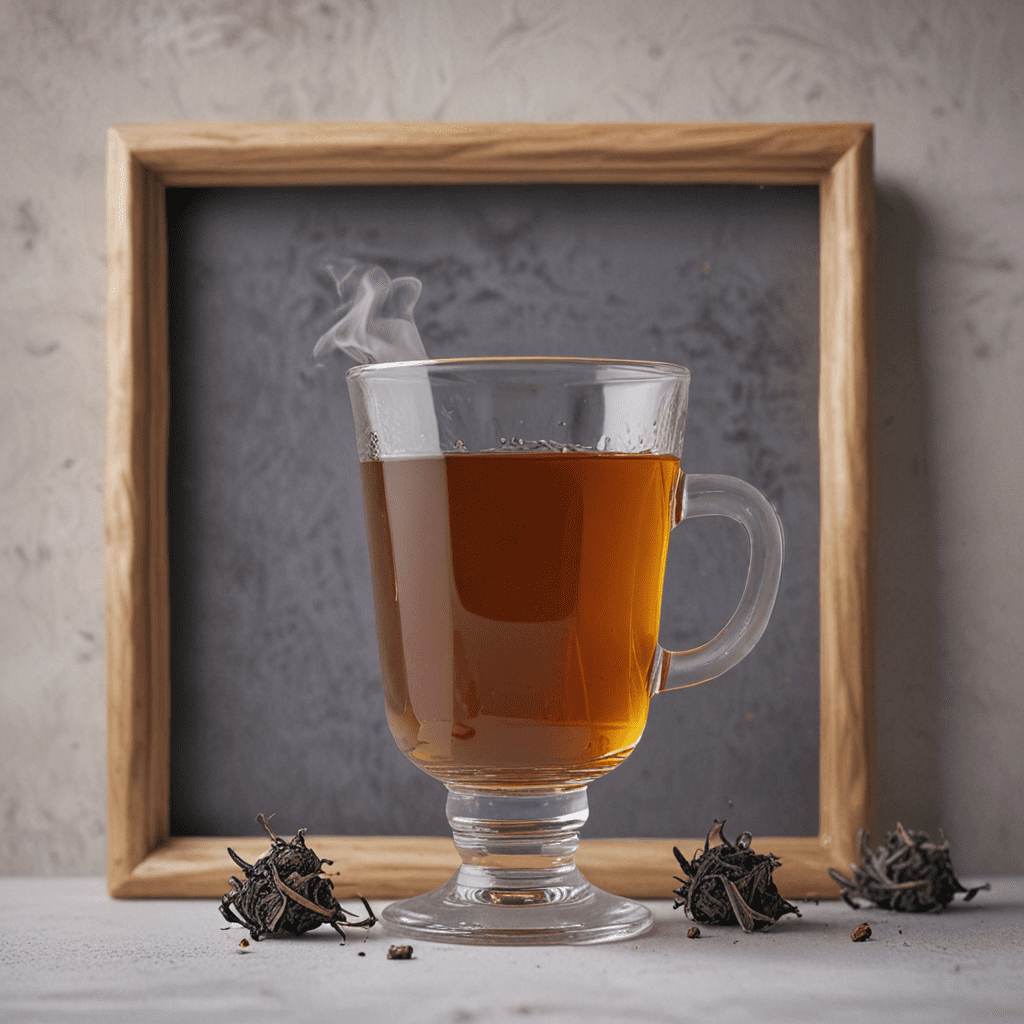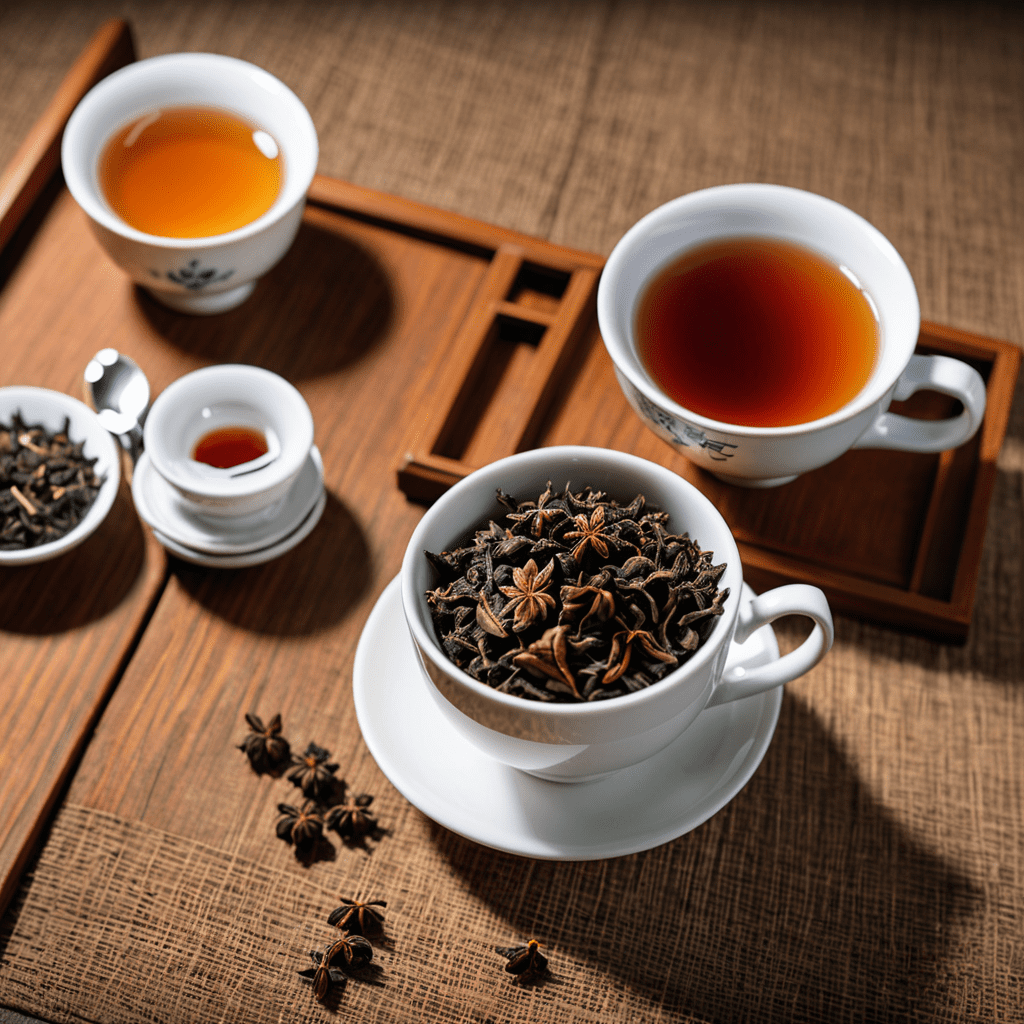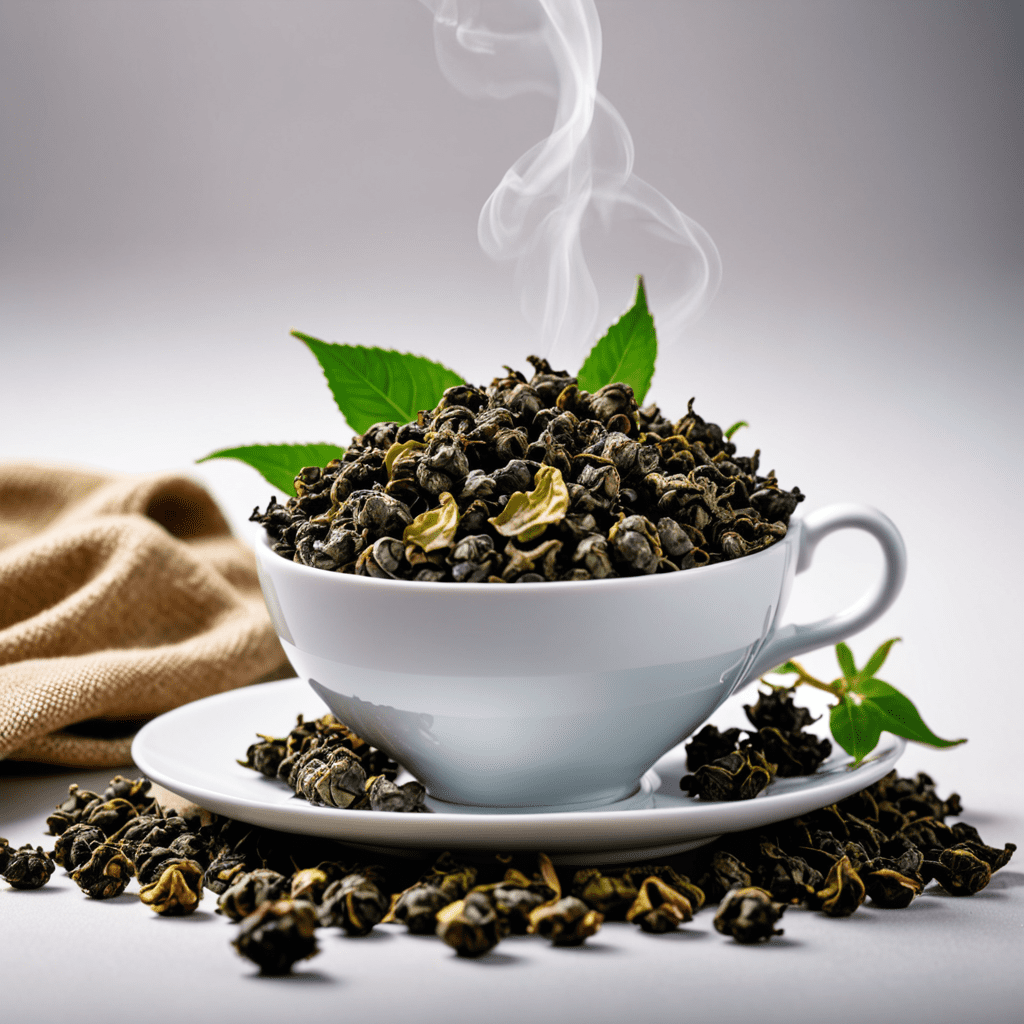
Introduction: The Allure and History of Earl Grey Tea
Earl Grey tea, an iconic British tradition, captivates tea enthusiasts with its alluring aroma and distinctive bergamot flavor. Its origins lie in the annals of diplomatic intrigue, with a tale that unfolds like a Victorian novel. As a tribute to the British statesman, Earl Grey, this tea has become synonymous with refinement and hospitality in the United Kingdom.
Origins of Earl Grey: A Tale of Diplomatic Intrigue
The genesis of Earl Grey tea is shrouded in apocryphal tales. One prominent narrative attributes its creation to the 2nd Earl Grey, British Prime Minister during the Reform Act of 1832. Legend has it that he received a gift of tea flavored with bergamot oil from a Chinese mandarin, possibly as a token of gratitude for his support in resolving a trade dispute. Enchanted by its unique flavor, Earl Grey popularized this tea among the British aristocracy.
The Distinctive Bergamot Flavor: A Citrus Symphony
The defining characteristic of Earl Grey tea is its invigorating bergamot flavor. Bergamot, a citrus fruit native to Italy, imparts a vibrant, zesty aroma that tantalizes the senses. When infused in tea, bergamot oil blends harmoniously with the natural flavors of black tea, creating a symphony of citrus undertones and a refreshing finish.
Variations on a Classic: Different Bergamot Ratios and Blends
While the traditional Earl Grey blend showcases a dominant bergamot flavor, variations exist to cater to diverse palates. Some tea makers offer variations with subtle hints of bergamot, allowing the nuances of the base tea to shine through. Others experiment with different ratios of bergamot oil to black tea, balancing the citrus intensity with the tea's robust character.
Traditional Brewing Methods: Perfecting the Art of Steep Time
To fully appreciate the intricacies of Earl Grey tea, meticulous attention to brewing techniques is essential. Premium loose-leaf teas allow for optimal flavor extraction. Using freshly boiled water and a preheated teapot, steep the tea leaves for 3-5 minutes, depending on the desired intensity. Over-steeping can result in bitterness, while under-steeping may yield a weak and unsatisfying brew.
Pairing Delights: Complementary Foods and the Essence of Earl Grey
Earl Grey tea finds culinary harmony with a wide array of foods. Its citrusy notes complement sweet and savory dishes alike. Scones and pastries, with their delicate crumb and subtle sweetness, elevate the tea's refreshing character. Earl Grey's invigorating flavor also pairs well with savory dishes such as grilled salmon or roasted chicken, enhancing their natural flavors without overpowering them.
Cultural Significance in Britain: A Symbol of Refinement and Hospitality
In the tapestry of British culture, Earl Grey tea occupies a prominent place. It represents the essence of refinement, elegance, and hospitality. The ritual of serving Earl Grey tea is imbued with a sense of occasion, whether in the grand halls of stately homes or the cozy comfort of afternoon tea gatherings. Its widespread popularity has cemented its position as a quintessential symbol of British heritage.
Evolution of Earl Grey: Modern Adaptations and Flavored Additions
While the classic Earl Grey blend remains timeless, contemporary tea makers have introduced innovative adaptations to cater to evolving tastes. Earl Grey variants infused with additional flavors, such as lavender, rose petals, or vanilla, offer a delightful twist on the traditional recipe. These variations expand the versatility of Earl Grey tea, making it suitable for different moods and occasions.
Health Benefits and Myths: Unveiling the Truth about Earl Grey’s Claims
Earl Grey tea, like many other teas, has been the subject of health claims. While some studies suggest that black tea may have antioxidant and anti-inflammatory properties, it is important to note that these benefits are not unique to Earl Grey tea and are present in all black teas. Claims of Earl Grey tea having specific health benefits beyond those of regular black tea lack scientific evidence.
Conclusion: The Enduring Legacy of an Iconic British Tradition
Earl Grey tea, a testament to the rich history and culinary traditions of Britain, continues to enchant tea enthusiasts worldwide. Its distinctive bergamot flavor, cultural significance, and versatility have secured its place as a beloved classic. As the world of tea evolves, Earl Grey's enduring legacy will undoubtedly inspire future generations of tea aficionados.
FAQ:
What is Earl Grey tea?
Earl Grey tea is a type of black tea flavored with bergamot oil, which imparts a citrusy aroma and flavor.How did Earl Grey tea originate?
Legend attributes its creation to the 2nd Earl Grey, who supposedly received a gift of bergamot-flavored tea from a Chinese mandarin.What is the distinctive flavor of Earl Grey tea?
Earl Grey tea is characterized by its invigorating bergamot flavor, which blends harmoniously with the natural flavors of black tea.
How do I brew Earl Grey tea?
For optimal flavor, use freshly boiled water and a preheated teapot. Steep loose-leaf tea leaves for 3-5 minutes, depending on the desired intensity.What foods pair well with Earl Grey tea?
Earl Grey tea complements a wide range of foods, including scones, pastries, grilled salmon, and roasted chicken.

